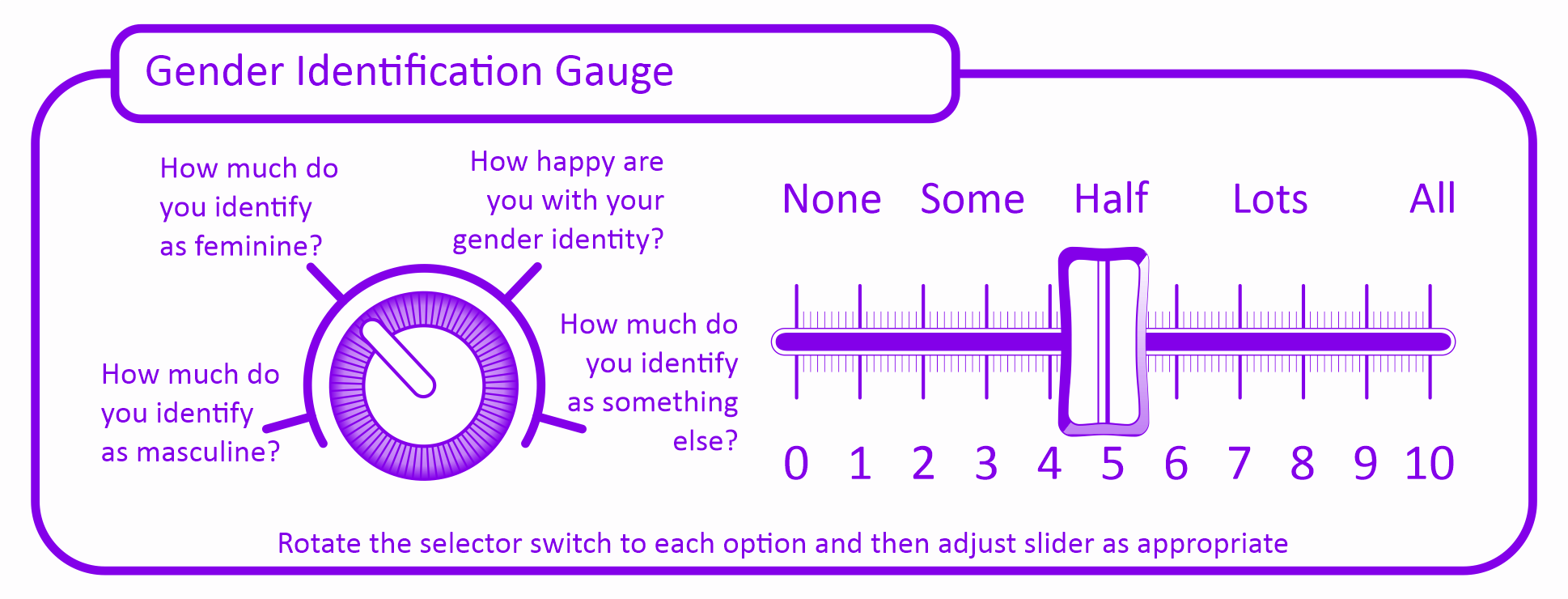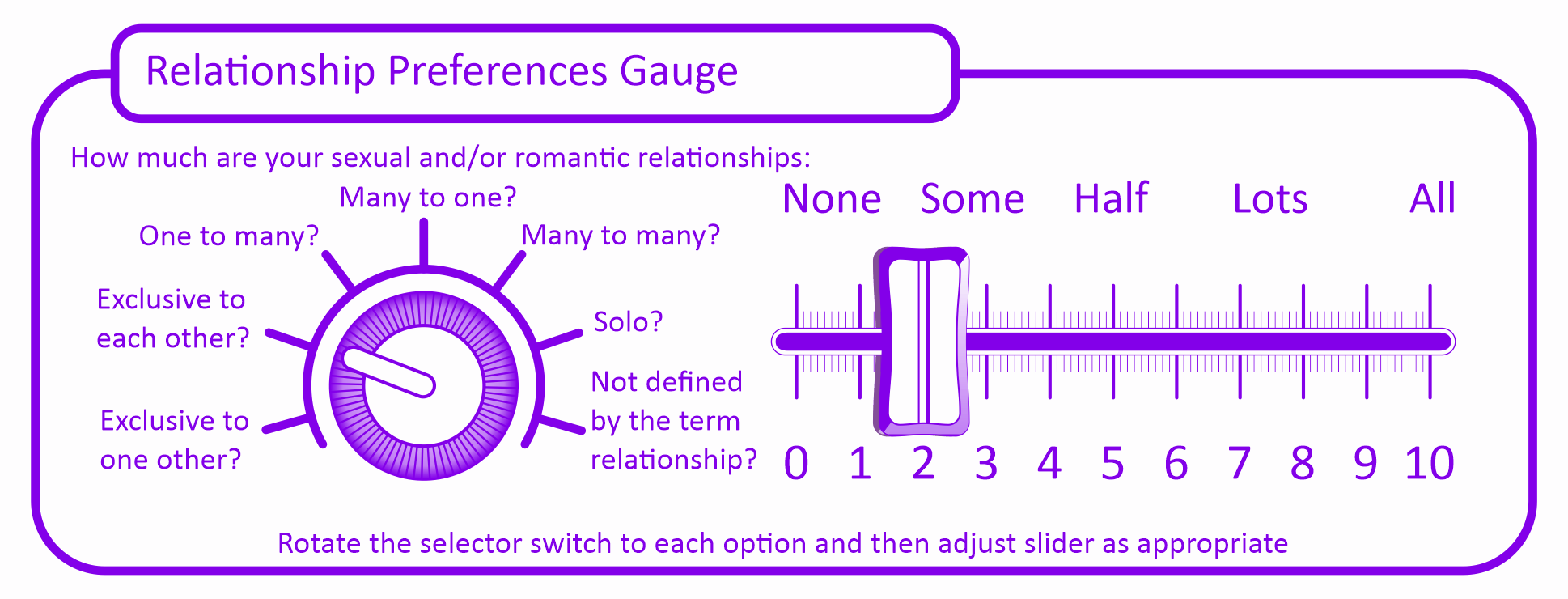Diversity
One way to view diversity:
The current estimate of the world’s population is 7.5 billion people. The Population Reference Bureau estimates that since the first recognisable human being, about 107 billion people have lived at some time on Earth. The amazing fact is that not one of these people was the same. Identical twins are well aware which one is which, even if we have difficulty telling them apart. I conclude that diversity is the very foundation of the human experience. In the context of psychotherapy, therefore, I believe that every encounter with a new human being is a discovery process where no assumptions can be made.
More specifically:
Although every human being is different we have similarities which means that we can form, or be compelled, into groups. Such groups might be based on gender, race, ability, age, appearance, preferences, politics, conformity, religion, status, health, neural variation and countless other dimensions. Membership of a group (or groups) can confer advantages and disadvantages in the opportunity to access resources. One viewpoint is that membership of multiple disadvantaged groups can have a compounding effect on a person’s experiences of discrimination. This is known as intersectionality. It seems apparent that access to resources can be corrupted by the beneficiaries in order to bias the system further in their favour. In an ideal world, constraints evolve to maintain fairness and equality of opportunity for all. In the context of psychotherapy, it is appropriate for the therapist to educate themselves about the typical circumstances, issues and prejudices faced by members of groups to whom the therapist may be offering services. This might be described as appropriate cultural awareness and sensitivity. Given that all people are different I frame this is as an attitude of courtesy and respect intended to create an atmosphere of acceptance in which the client can feel safe to explore their issues, whether or not the issues relate to their ‘diversity’.
Human diversity from a sexology perspective:
There is an old fashioned view that in the realm of sex, gender, sexual orientation and relationship preference there were simple binary choices. You were either male or female, masculine or feminine, heterosexual or homosexual, maybe even married or single. This is clearly not reflective of the real world we live in, and such a viewpoint can be oppressive to those whose lived experience differs from it. There are no simple biological, psychological or social explanations that capture the complexity of this aspect of real life. A more nuanced understanding is needed, so in an attempt to reveal the dimensions of variability I have envisioned a ‘diversity machine’. This is like a graphic equaliser that allows users to set their own levels in each dimension of diversity. Note that it can still accommodate binary choices for those who have that orientation, and it also has a ‘slider’ for how much the settings can vary. This expresses a person’s fluidity because the settings need not be fixed.
How to use the gauge:
Clearly, this has to be done in your imagination. Use the rotating switch on the left to select a characteristic and then imagine setting the slider control to the position that represents your current assessment. This can change with time, environment and for any other reasons. The Fluidity Gauge expresses how much you experience variability in your chosen settings. Positions 0 or 10 would represent the classical binary choices.
The role of the therapist in working with diversity:
The first consideration is why the client has sought therapy. It can never be assumed that the sexual orientation or preferences of the client are a problem unless the client explicitly states so. If the client has difficulties with aspects or implications of their preferences then that is the issue to be addressed, not necessarily the specific preferences. The therapist must display cultural sensitivity and awareness to be able to competently work with the client on the particular dimensions of personhood that are causing them distress. There is no place for prejudice or judgement.
It might be that the client would prefer to work with a therapist who has first hand experience of some of the issues they are facing. This might include a particular sexual or relationship orientation, or perhaps experience of the kind of issues faced by people working on their transgender journey. It might be that the client simply doesn’t wish to work with a therapist who appears to embody the societal characteristics that they have felt oppressed by. In such cases it is appropriate for the therapist to offer to refer on to colleagues or organisations that may be more fitting.
The impact of cultural factors on the conduct of Sexology
Cultural factors arise from the shared meanings and values of a society which are passed on from one generation to the next. Religion is an important way in which values, attitudes and rules are disseminated within a culture. In the specific case of cultural factors that define sexual attitudes and behaviours, it is important for the sexologist to understand the client’s sexual issues without framing them through the therapist’s own cultural lens. The client’s perspective is likely to be influenced by the culture in which they were raised alongside the majority culture in which the client lives. This can be confusing and bring contradictory viewpoints into opposition. What is required is cultural sensitivity on the part of the therapist so that they can remain open and flexible to a deeper understanding of the client’s situation.
Cultural sensitivity
Most cultures and religions have attitudes, injunctions and dispositions in relation to gender, sexual and relationship diversity. The extent to which an individual is influenced by their cultural environment is varied and unique. People often hold dual values representing the opinions they perceive will be acceptable to their peers and their own values which they only express to trusted others, if at all. The therapist must navigate with care and sensitivity such that a client can feel safe to reveal their personal values in confidence and without judgement. The therapist must hold that solutions may have to fit into the client’s unique accommodation with their perceived cultural environment. In this context a basic level of cultural competence (some awareness of the client’s cultural milieu) is beneficial in
that it demonstrates a willingness to engage. However it is not feasible to understand the diversity and nuances of all cultures and there is a concomitant risk of appearing to be patronising and stereotyping. The flexible and respectful approach appears to offer the greatest potential to allow the client to educate the therapist as needed.
Conversion Therapy
The attitude expressed above encapsulates an approach that holds a person’s expression of their gender, sexual and relationship diversity to be sacrosanct. It can be oppressive for a dominant cultural viewpoint to encourage or require people to modify their personal characteristics to fit a prescriptive schema. Where psychotherapists or clinical sexologists have been agents for this cultural oppression it has been agreed by the main like minded professional bodies to explicitly cease and desist. This has been formalised in The Memorandum of Understanding on Conversion Therapy in the UK (MoU).
The key points of the MoU
Conversion therapy attempts to change an individual’s legal gender, sexual and relationship diversity (GSRD) identity to match a schema that the convertor thinks is preferable. The MoU holds that people should be free to live out their legal GSRD identity and must be protected from any attempts at conversion therapy.
Signatory organisations agree that conversion therapy is unethical and potentially harmful to an individual and that the movement against conversion therapy should form part their training syllabus.
People may struggle with their GSRD orientation and it’s appropriate for therapists to work with them to find their accommodation based on a non-judgemental and unbiased exploration of their unique issues. This may be particularly relevant in the case of gender dysphoria where a client can explore the implications of their choices based on a clear understanding of their particular identity.
Organisations agree to embed the MoU into their core operating principles, keep up to date with developments, and stop conversion therapy wherever they see it.
Organisations seek to research the prevalence of conversion therapy, keep the MoU refreshed with the latest findings from around the world, and monitor its relevance and effectiveness.









